Source for this related gaming news is as simple as you click This website and read another one!
Source for this related gaming news is as simple as you click This website and read another one!
Source for this related gaming news is as simple as you click This website and read another one!
Source for this related gaming news is as simple as you click This website and read another one!
Source for this related gaming news is as simple as you click This website and read another one!
Source for this related gaming news is as simple as you click This website and read another one!
Source for this related gaming news is as simple as you click This website and read another one!
Source for this related gaming news is as simple as you click This website and read another one!
Source for this related gaming news is as simple as you click This website and read another one!
Source for this related gaming news is as simple as you click This website and read another one!
Source for this related gaming news is as simple as you click This website and read another one!
Source for this related gaming news is as simple as you click This website and read another one!
Source for this related gaming news is as simple as you click This website and read another one!
Source for this related gaming news is as simple as you click This website and read another one!
Source for this related gaming news is as simple as you click This website and read another one!
Source for this related gaming news is as simple as you click This website and read another one!
Source for this related gaming news is as simple as you click This website and read another one!
Source for this related gaming news is as simple as you click This website and read another one!
Source for this related gaming news is as simple as you click This website and read another one!
Source for this related gaming news is as simple as you click This website and read another one!
Source for this related gaming news is as simple as you click This website and read another one!
Source for this related gaming news is as simple as you click This website and read another one!
Source for this related gaming news is as simple as you click This website and read another one!
Source for this related gaming news is as simple as you click This website and read another one!
Source for this related gaming news is as simple as you click This website and read another one!
Source for this related gaming news is as simple as you click This website and read another one!
Source for this related gaming news is as simple as you click This website and read another one!
Source for this related gaming news is as simple as you click This website and read another one!
Source for this related gaming news is as simple as you click This website and read another one!
Source for this related gaming news is as simple as you click This website and read another one!
Source for this related gaming news is as simple as you click This website and read another one!
Source for this related gaming news is as simple as you click This website and read another one!
Source for this related gaming news is as simple as you click This website and read another one!
Source for this related gaming news is as simple as you click This website and read another one!
Source for this related gaming news is as simple as you click This website and read another one!
Source for this related gaming news is as simple as you click This website and read another one!
Source for this related gaming news is as simple as you click This website and read another one!
Source for this related gaming news is as simple as you click This website and read another one!
Source for this related gaming news is as simple as you click This website and read another one!
Source for this related gaming news is as simple as you click This website and read another one!
Source for this related gaming news is as simple as you click This website and read another one!
Source for this related gaming news is as simple as you click This website and read another one!
Source for this related gaming news is as simple as you click This website and read another one!
Source for this related gaming news is as simple as you click This website and read another one!
Source for this related gaming news is as simple as you click This website and read another one!
Source for this related gaming news is as simple as you click This website and read another one!
Source for this related gaming news is as simple as you click This website and read another one!
Source for this related gaming news is as simple as you click This website and read another one!
Source for this related gaming news is as simple as you click This website and read another one!
Source for this related gaming news is as simple as you click This website and read another one!
Source for this related gaming news is as simple as you click This website and read another one!
Source for this related gaming news is as simple as you click This website and read another one!
Source for this related gaming news is as simple as you click This website and read another one!
Source for this related gaming news is as simple as you click This website and read another one!
Source for this related gaming news is as simple as you click This website and read another one!
Source for this related gaming news is as simple as you click This website and read another one!
Source for this related gaming news is as simple as you click This website and read another one!
Source for this related gaming news is as simple as you click This website and read another one!
Source for this related gaming news is as simple as you click This website and read another one!
Source for this related gaming news is as simple as you click This website and read another one!
Source for this related gaming news is as simple as you click This website and read another one!
Source for this related gaming news is as simple as you click This website and read another one!
Source for this related gaming news is as simple as you click This website and read another one!
Source for this related gaming news is as simple as you click This website and read another one!
Source for this related gaming news is as simple as you click This website and read another one!
Source for this related gaming news is as simple as you click This website and read another one!
Source for this related gaming news is as simple as you click This website and read another one!
Source for this related gaming news is as simple as you click This website and read another one!
Source for this related gaming news is as simple as you click This website and read another one!
Source for this related gaming news is as simple as you click This website and read another one!
Source for this related gaming news is as simple as you click This website and read another one!
Source for this related gaming news is as simple as you click This website and read another one!
Source for this related gaming news is as simple as you click This website and read another one!
Source for this related gaming news is as simple as you click This website and read another one!
Source for this related gaming news is as simple as you click This website and read another one!
Source for this related gaming news is as simple as you click This website and read another one!
Source for this related gaming news is as simple as you click This website and read another one!
Source for this related gaming news is as simple as you click This website and read another one!
Source for this related gaming news is as simple as you click This website and read another one!
Source for this related gaming news is as simple as you click This website and read another one!
Source for this related gaming news is as simple as you click This website and read another one!
Source for this related gaming news is as simple as you click This website and read another one!
Source for this related gaming news is as simple as you click This website and read another one!
Source for this related gaming news is as simple as you click This website and read another one!
Source for this related gaming news is as simple as you click This website and read another one!
Source for this related gaming news is as simple as you click This website and read another one!
Source for this related gaming news is as simple as you click This website and read another one!
Source for this related gaming news is as simple as you click This website and read another one!
Source for this related gaming news is as simple as you click This website and read another one!
Source for this related gaming news is as simple as you click This website and read another one!
Source for this related gaming news is as simple as you click This website and read another one!
Source for this related gaming news is as simple as you click This website and read another one!
Source for this related gaming news is as simple as you click This website and read another one!
Source for this related gaming news is as simple as you click This website and read another one!
Source for this related gaming news is as simple as you click This website and read another one!
Source for this related gaming news is as simple as you click This website and read another one!
Source for this related gaming news is as simple as you click This website and read another one!
Source for this related gaming news is as simple as you click This website and read another one!
Source for this related gaming news is as simple as you click This website and read another one!
Source for this related gaming news is as simple as you click This website and read another one!
Source for this related gaming news is as simple as you click This website and read another one!
Source for this related gaming news is as simple as you click This website and read another one!
Source for this related gaming news is as simple as you click This website and read another one!
Source for this related gaming news is as simple as you click This website and read another one!
Source for this related gaming news is as simple as you click This website and read another one!
Source for this related gaming news is as simple as you click This website and read another one!
Source for this related gaming news is as simple as you click This website and read another one!
Source for this related gaming news is as simple as you click This website and read another one!
Source for this related gaming news is as simple as you click This website and read another one!
Source for this related gaming news is as simple as you click This website and read another one!
Source for this related gaming news is as simple as you click This website and read another one!
Source for this related gaming news is as simple as you click This website and read another one!
Source for this related gaming news is as simple as you click This website and read another one!
Source for this related gaming news is as simple as you click This website and read another one!
Source for this related gaming news is as simple as you click This website and read another one!
Source for this related gaming news is as simple as you click This website and read another one!
Source for this related gaming news is as simple as you click This website and read another one!
Source for this related gaming news is as simple as you click This website and read another one!
Source for this related gaming news is as simple as you click This website and read another one!
Source for this related gaming news is as simple as you click This website and read another one!
Source for this related gaming news is as simple as you click This website and read another one!
Source for this related gaming news is as simple as you click This website and read another one!
Source for this related gaming news is as simple as you click This website and read another one!
Source for this related gaming news is as simple as you click This website and read another one!
Source for this related gaming news is as simple as you click This website and read another one!
Source for this related gaming news is as simple as you click This website and read another one!
Source for this related gaming news is as simple as you click This website and read another one!
Source for this related gaming news is as simple as you click This website and read another one!
Source for this related gaming news is as simple as you click This website and read another one!
Source for this related gaming news is as simple as you click This website and read another one!
Source for this related gaming news is as simple as you click This website and read another one!
Source for this related gaming news is as simple as you click This website and read another one!
Source for this related gaming news is as simple as you click This website and read another one!
Source for this related gaming news is as simple as you click This website and read another one!
Source for this related gaming news is as simple as you click This website and read another one!
Source for this related gaming news is as simple as you click This website and read another one!
Source for this related gaming news is as simple as you click This website and read another one!
Source for this related gaming news is as simple as you click This website and read another one!
Source for this related gaming news is as simple as you click This website and read another one!
Source for this related gaming news is as simple as you click This website and read another one!
Source for this related gaming news is as simple as you click This website and read another one!
Source for this related gaming news is as simple as you click This website and read another one!
Source for this related gaming news is as simple as you click This website and read another one!
Source for this related gaming news is as simple as you click This website and read another one!
Source for this related gaming news is as simple as you click This website and read another one!
Source for this related gaming news is as simple as you click This website and read another one!
Source for this related gaming news is as simple as you click This website and read another one!
Source for this related gaming news is as simple as you click This website and read another one!
Source for this related gaming news is as simple as you click This website and read another one!
Source for this related gaming news is as simple as you click This website and read another one!
Source for this related gaming news is as simple as you click This website and read another one!
Source for this related gaming news is as simple as you click This website and read another one!
Source for this related gaming news is as simple as you click This website and read another one!
Source for this related gaming news is as simple as you click This website and read another one!
Source for this related gaming news is as simple as you click This website and read another one!
Source for this related gaming news is as simple as you click This website and read another one!
Source for this related gaming news is as simple as you click This website and read another one!
Source for this related gaming news is as simple as you click This website and read another one!
Source for this related gaming news is as simple as you click This website and read another one!
Source for this related gaming news is as simple as you click This website and read another one!
Source for this related gaming news is as simple as you click This website and read another one!
Source for this related gaming news is as simple as you click This website and read another one!
Source for this related gaming news is as simple as you click This website and read another one!
Source for this related gaming news is as simple as you click This website and read another one!
Source for this related gaming news is as simple as you click This website and read another one!
Source for this related gaming news is as simple as you click This website and read another one!
Source for this related gaming news is as simple as you click This website and read another one!
Source for this related gaming news is as simple as you click This website and read another one!
Source for this related gaming news is as simple as you click This website and read another one!
Source for this related gaming news is as simple as you click This website and read another one!
Source for this related gaming news is as simple as you click This website and read another one!
Source for this related gaming news is as simple as you click This website and read another one!
Source for this related gaming news is as simple as you click This website and read another one!
Source for this related gaming news is as simple as you click This website and read another one!
Source for this related gaming news is as simple as you click This website and read another one!
Source for this related gaming news is as simple as you click This website and read another one!
Source for this related gaming news is as simple as you click This website and read another one!
Source for this related gaming news is as simple as you click This website and read another one!
Source for this related gaming news is as simple as you click This website and read another one!
Source for this related gaming news is as simple as you click This website and read another one!
Source for this related gaming news is as simple as you click This website and read another one!
Source for this related gaming news is as simple as you click This website and read another one!
Source for this related gaming news is as simple as you click This website and read another one!
Source for this related gaming news is as simple as you click This website and read another one!
Source for this related gaming news is as simple as you click This website and read another one!
Source for this related gaming news is as simple as you click This website and read another one!
Source for this related gaming news is as simple as you click This website and read another one!
Source for this related gaming news is as simple as you click This website and read another one!
Source for this related gaming news is as simple as you click This website and read another one!
Source for this related gaming news is as simple as you click This website and read another one!
Source for this related gaming news is as simple as you click This website and read another one!
Source for this related gaming news is as simple as you click This website and read another one!
Source for this related gaming news is as simple as you click This website and read another one!
Source for this related gaming news is as simple as you click This website and read another one!
Source for this related gaming news is as simple as you click This website and read another one!
Source for this related gaming news is as simple as you click This website and read another one!
Source for this related gaming news is as simple as you click This website and read another one!
Source for this related gaming news is as simple as you click This website and read another one!
Source for this related gaming news is as simple as you click This website and read another one!
Source for this related gaming news is as simple as you click This website and read another one!
Source for this related gaming news is as simple as you click This website and read another one!
Source for this related gaming news is as simple as you click This website and read another one!
Source for this related gaming news is as simple as you click This website and read another one!
Source for this related gaming news is as simple as you click This website and read another one!
Source for this related gaming news is as simple as you click This website and read another one!
Source for this related gaming news is as simple as you click This website and read another one!
Source for this related gaming news is as simple as you click This website and read another one!
Source for this related gaming news is as simple as you click This website and read another one!
Source for this related gaming news is as simple as you click This website and read another one!
Source for this related gaming news is as simple as you click This website and read another one!
Source for this related gaming news is as simple as you click This website and read another one!
Source for this related gaming news is as simple as you click This website and read another one!
Source for this related gaming news is as simple as you click This website and read another one!
Source for this related gaming news is as simple as you click This website and read another one!
Source for this related gaming news is as simple as you click This website and read another one!
Source for this related gaming news is as simple as you click This website and read another one!
Source for this related gaming news is as simple as you click This website and read another one!
Source for this related gaming news is as simple as you click This website and read another one!
Source for this related gaming news is as simple as you click This website and read another one!
Source for this related gaming news is as simple as you click This website and read another one!
Source for this related gaming news is as simple as you click This website and read another one!
Source for this related gaming news is as simple as you click This website and read another one!
Source for this related gaming news is as simple as you click This website and read another one!
Source for this related gaming news is as simple as you click This website and read another one!
Source for this related gaming news is as simple as you click This website and read another one!
Source for this related gaming news is as simple as you click This website and read another one!
Source for this related gaming news is as simple as you click This website and read another one!
Source for this related gaming news is as simple as you click This website and read another one!
Source for this related gaming news is as simple as you click This website and read another one!
Source for this related gaming news is as simple as you click This website and read another one!
Source for this related gaming news is as simple as you click This website and read another one!
Source for this related gaming news is as simple as you click This website and read another one!
Source for this related gaming news is as simple as you click This website and read another one!
Source for this related gaming news is as simple as you click This website and read another one!
Source for this related gaming news is as simple as you click This website and read another one!
Source for this related gaming news is as simple as you click This website and read another one!
Source for this related gaming news is as simple as you click This website and read another one!
Source for this related gaming news is as simple as you click This website and read another one!
Source for this related gaming news is as simple as you click This website and read another one!
Source for this related gaming news is as simple as you click This website and read another one!
Source for this related gaming news is as simple as you click This website and read another one!
Source for this related gaming news is as simple as you click This website and read another one!
Source for this related gaming news is as simple as you click This website and read another one!
Source for this related gaming news is as simple as you click This website and read another one!
Source for this related gaming news is as simple as you click This website and read another one!
Source for this related gaming news is as simple as you click This website and read another one!
Source for this related gaming news is as simple as you click This website and read another one!
Source for this related gaming news is as simple as you click This website and read another one!
Source for this related gaming news is as simple as you click This website and read another one!
Source for this related gaming news is as simple as you click This website and read another one!
Source for this related gaming news is as simple as you click This website and read another one!
Source for this related gaming news is as simple as you click This website and read another one!
Source for this related gaming news is as simple as you click This website and read another one!
Source for this related gaming news is as simple as you click This website and read another one!
Source for this related gaming news is as simple as you click This website and read another one!
Source for this related gaming news is as simple as you click This website and read another one!
Source for this related gaming news is as simple as you click This website and read another one!
Source for this related gaming news is as simple as you click This website and read another one!
Source for this related gaming news is as simple as you click This website and read another one!
Source for this related gaming news is as simple as you click This website and read another one!
Source for this related gaming news is as simple as you click This website and read another one!
Source for this related gaming news is as simple as you click This website and read another one!
Source for this related gaming news is as simple as you click This website and read another one!
Source for this related gaming news is as simple as you click This website and read another one!
Source for this related gaming news is as simple as you click This website and read another one!
Source for this related gaming news is as simple as you click This website and read another one!
Source for this related gaming news is as simple as you click This website and read another one!
Source for this related gaming news is as simple as you click This website and read another one!
Source for this related gaming news is as simple as you click This website and read another one!
Source for this related gaming news is as simple as you click This website and read another one!
Source for this related gaming news is as simple as you click This website and read another one!
Source for this related gaming news is as simple as you click This website and read another one!
Source for this related gaming news is as simple as you click This website and read another one!
Source for this related gaming news is as simple as you click This website and read another one!
Source for this related gaming news is as simple as you click This website and read another one!
Source for this related gaming news is as simple as you click This website and read another one!
Source for this related gaming news is as simple as you click This website and read another one!
Source for this related gaming news is as simple as you click This website and read another one!
Source for this related gaming news is as simple as you click This website and read another one!
Source for this related gaming news is as simple as you click This website and read another one!
Source for this related gaming news is as simple as you click This website and read another one!
Source for this related gaming news is as simple as you click This website and read another one!
Source for this related gaming news is as simple as you click This website and read another one!
Source for this related gaming news is as simple as you click This website and read another one!
Source for this related gaming news is as simple as you click This website and read another one!
Source for this related gaming news is as simple as you click This website and read another one!
Source for this related gaming news is as simple as you click This website and read another one!
Source for this related gaming news is as simple as you click This website and read another one!
Source for this related gaming news is as simple as you click This website and read another one!
Source for this related gaming news is as simple as you click This website and read another one!
Source for this related gaming news is as simple as you click This website and read another one!
Source for this related gaming news is as simple as you click This website and read another one!
Source for this related gaming news is as simple as you click This website and read another one!
Source for this related gaming news is as simple as you click This website and read another one!
Source for this related gaming news is as simple as you click This website and read another one!
Source for this related gaming news is as simple as you click This website and read another one!
Source for this related gaming news is as simple as you click This website and read another one!
Source for this related gaming news is as simple as you click This website and read another one!
Source for this related gaming news is as simple as you click This website and read another one!
Source for this related gaming news is as simple as you click This website and read another one!
Source for this related gaming news is as simple as you click This website and read another one!
Source for this related gaming news is as simple as you click This website and read another one!
Source for this related gaming news is as simple as you click This website and read another one!
Source for this related gaming news is as simple as you click This website and read another one!
Source for this related gaming news is as simple as you click This website and read another one!
Source for this related gaming news is as simple as you click This website and read another one!
Source for this related gaming news is as simple as you click This website and read another one!
Source for this related gaming news is as simple as you click This website and read another one!
Source for this related gaming news is as simple as you click This website and read another one!
Source for this related gaming news is as simple as you click This website and read another one!
Source for this related gaming news is as simple as you click This website and read another one!
Source for this related gaming news is as simple as you click This website and read another one!
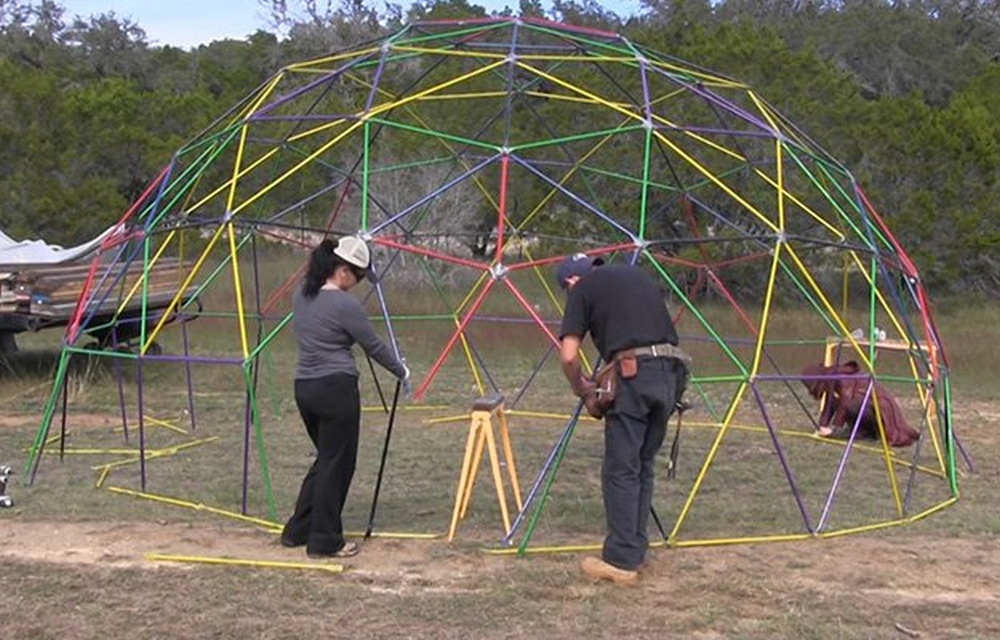
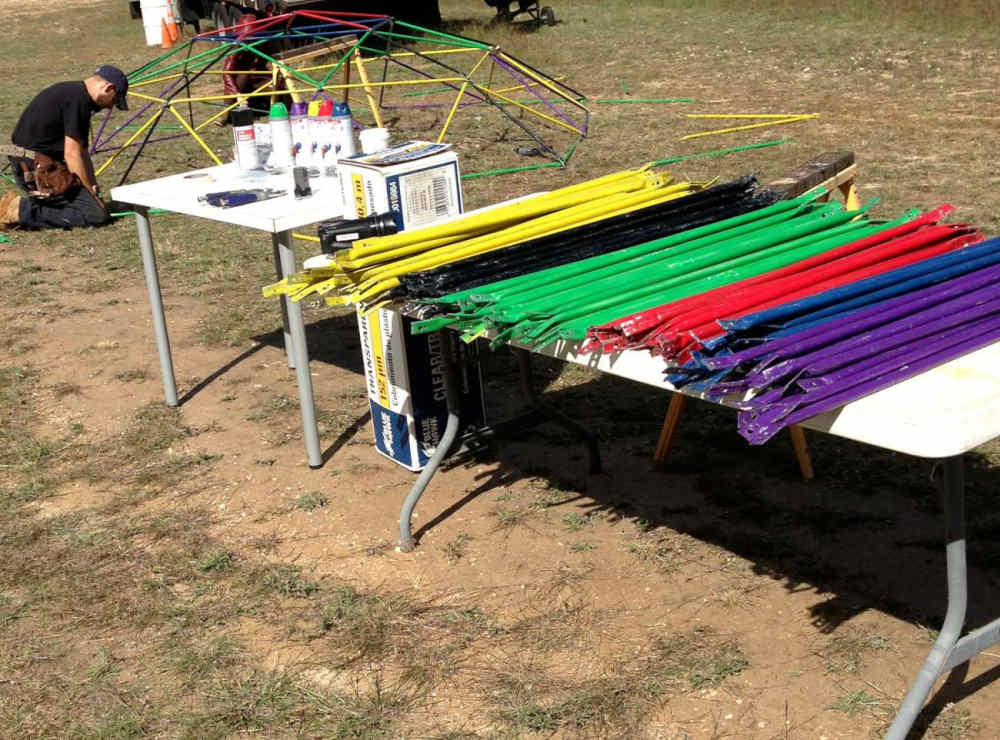
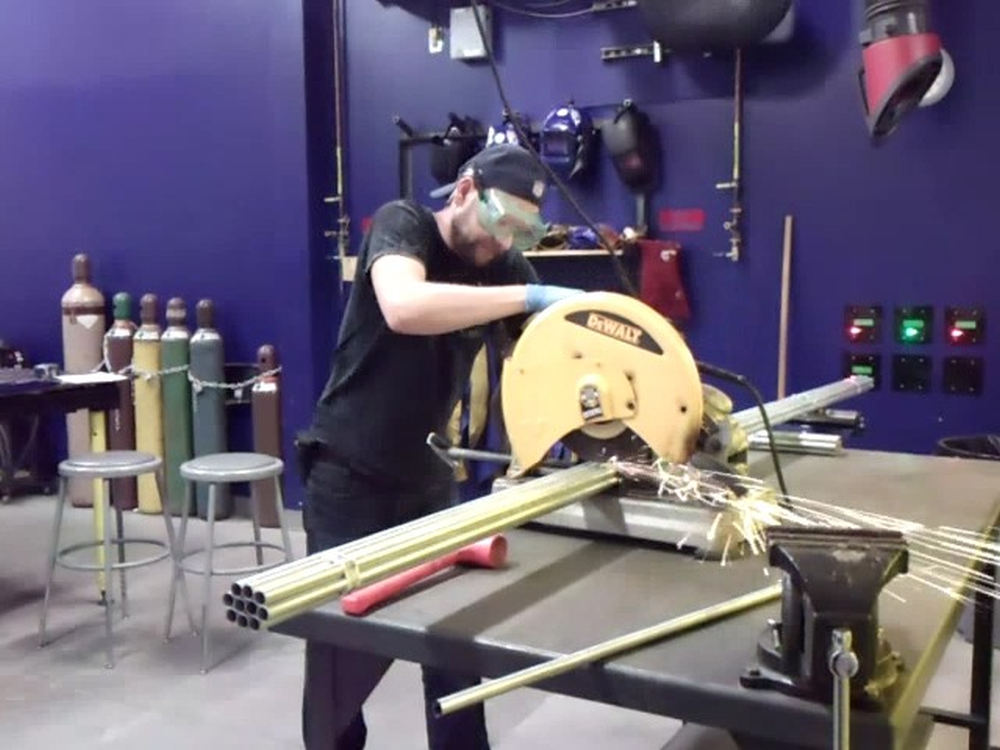
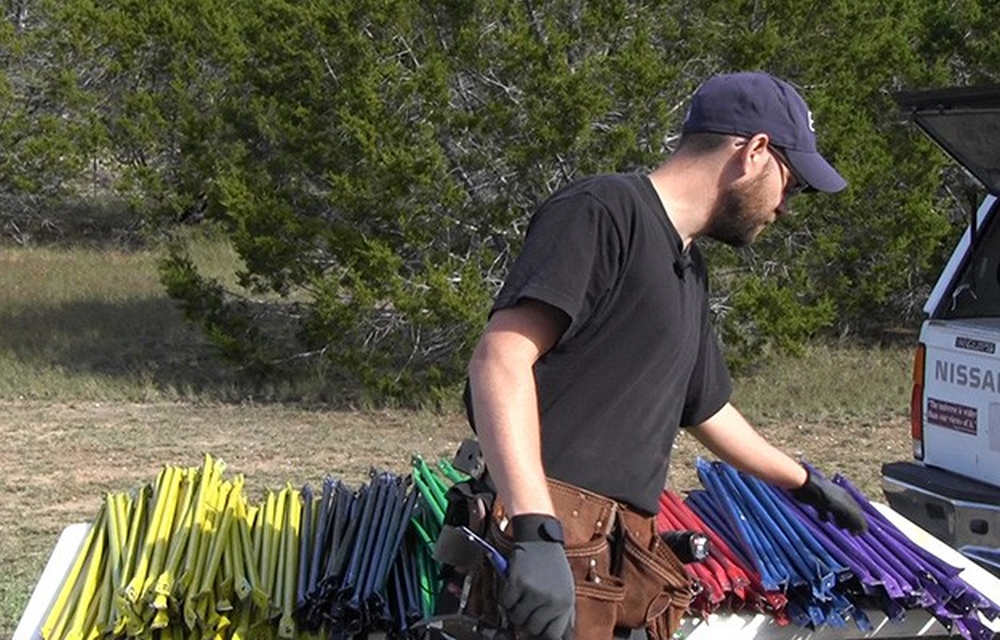
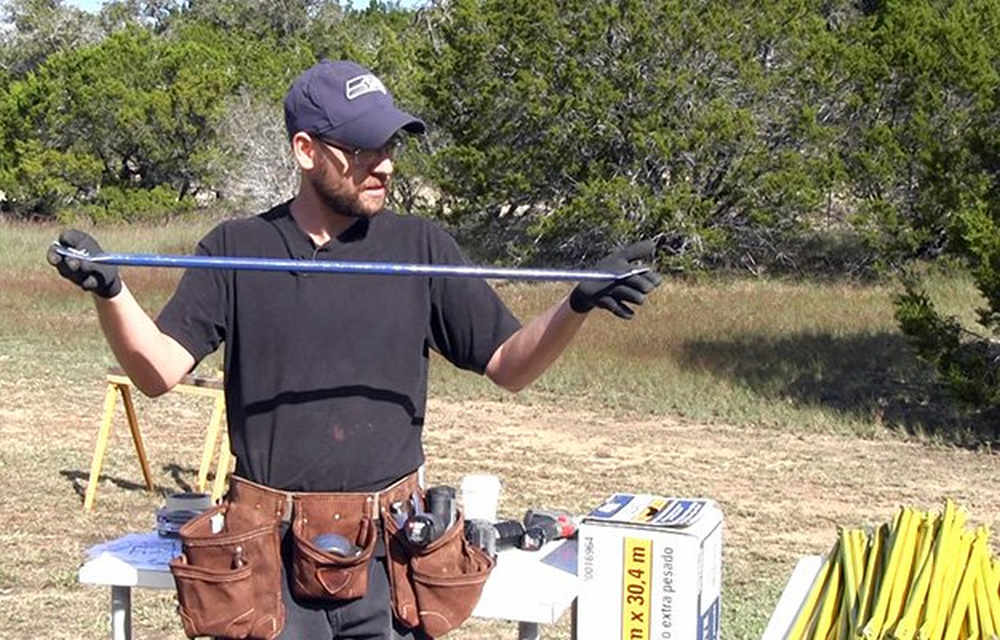

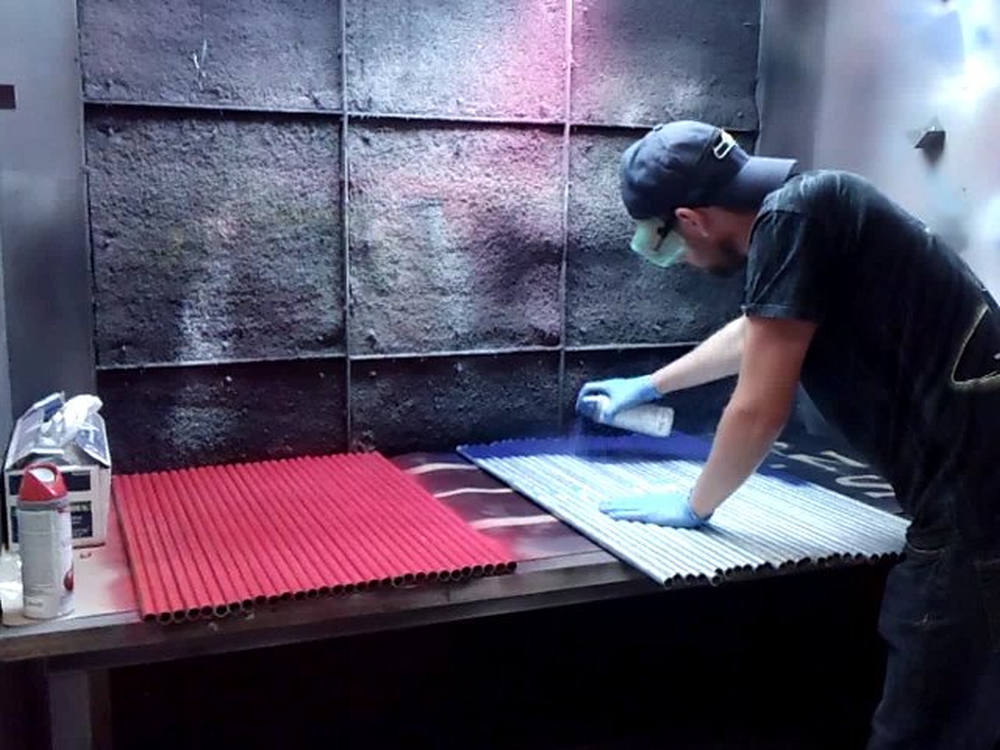
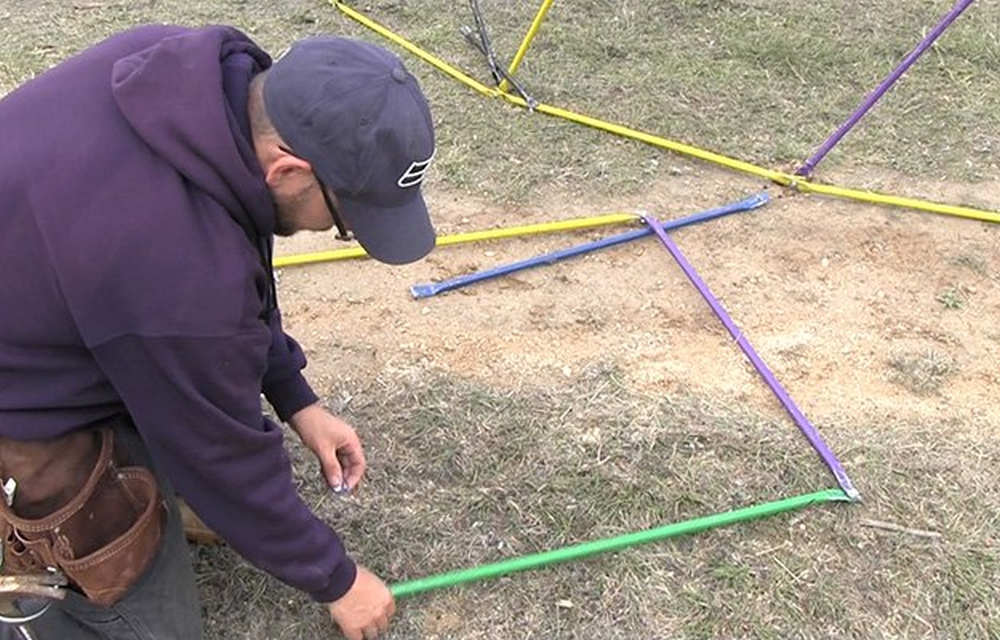
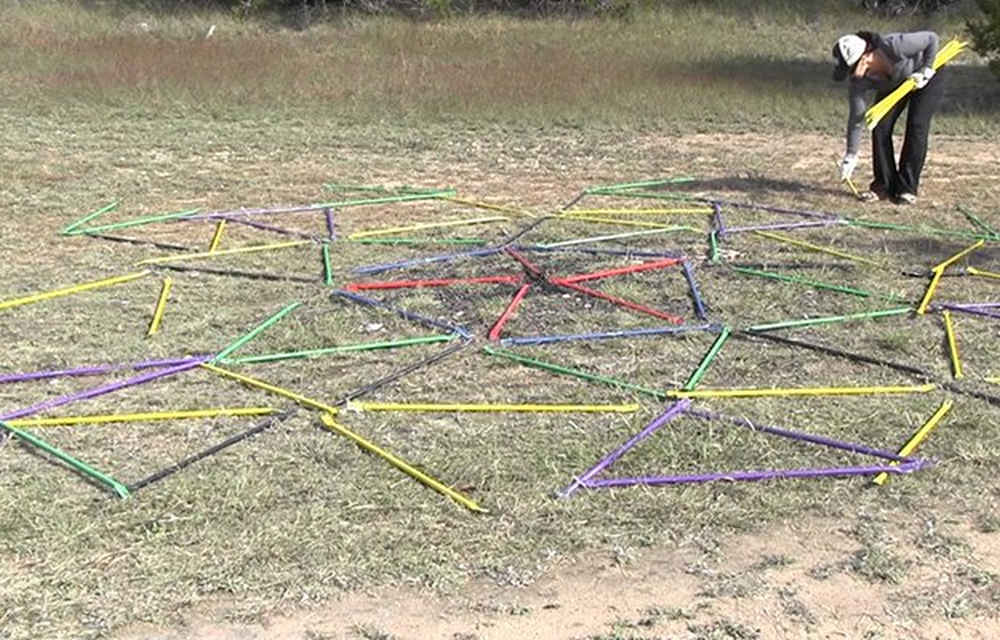

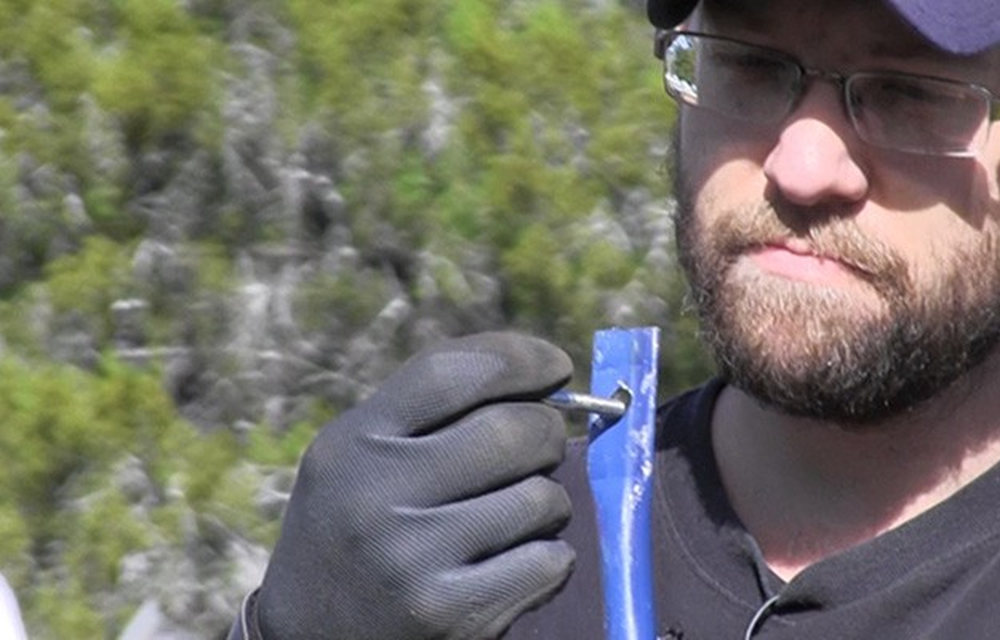
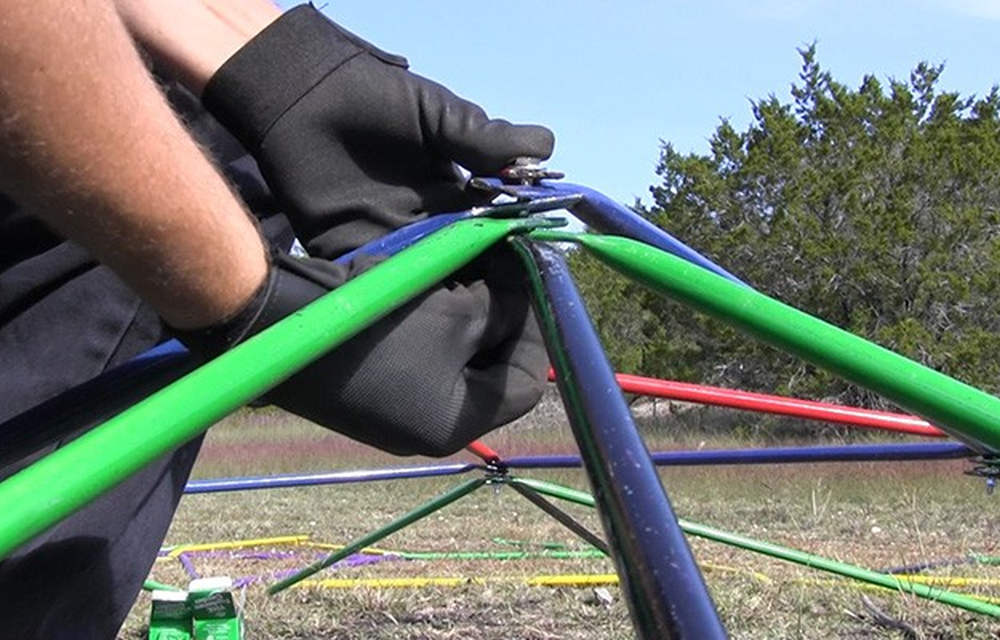
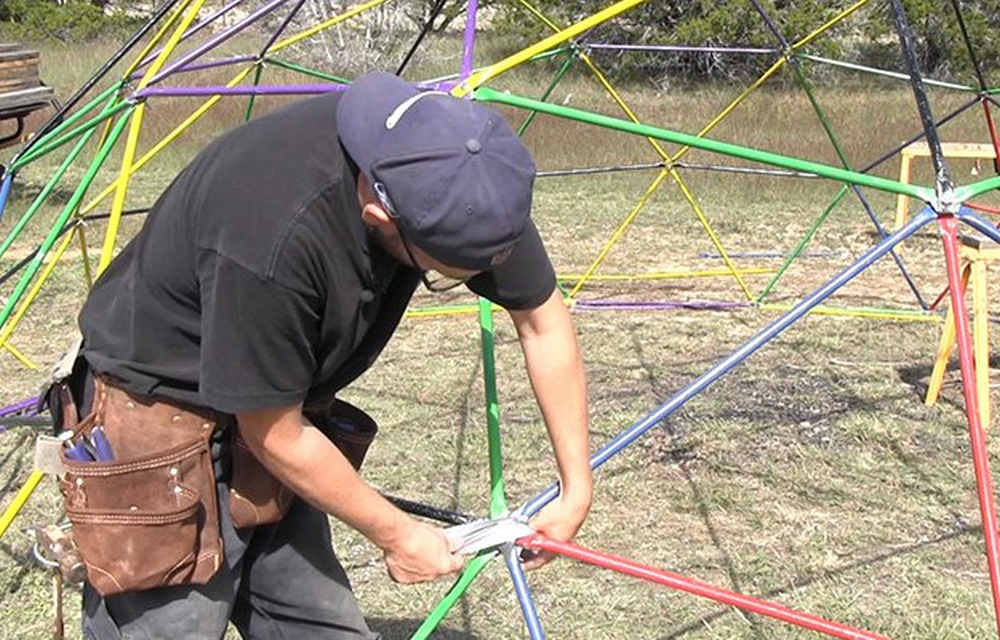
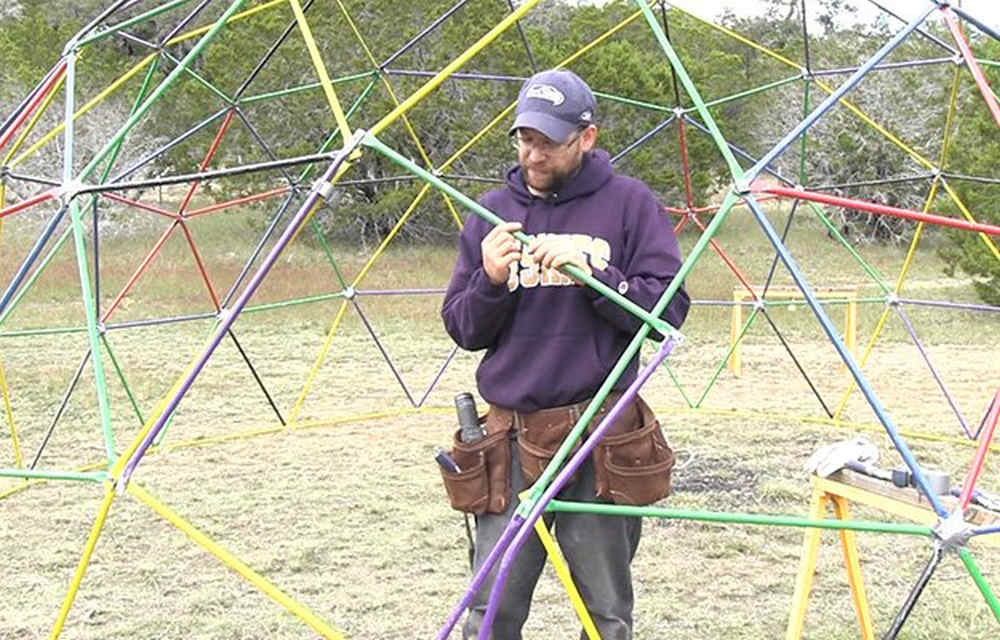
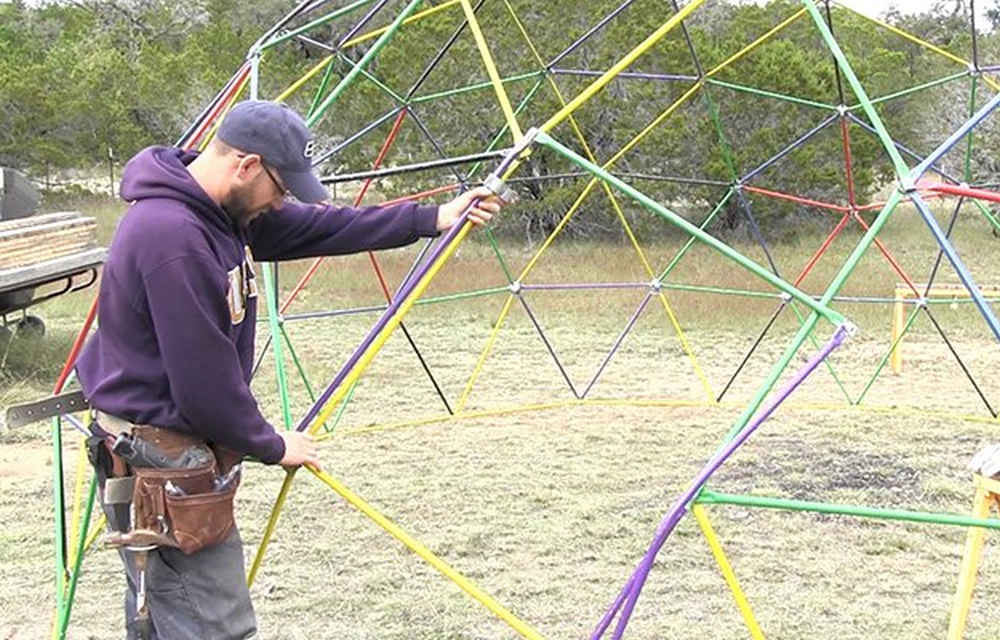
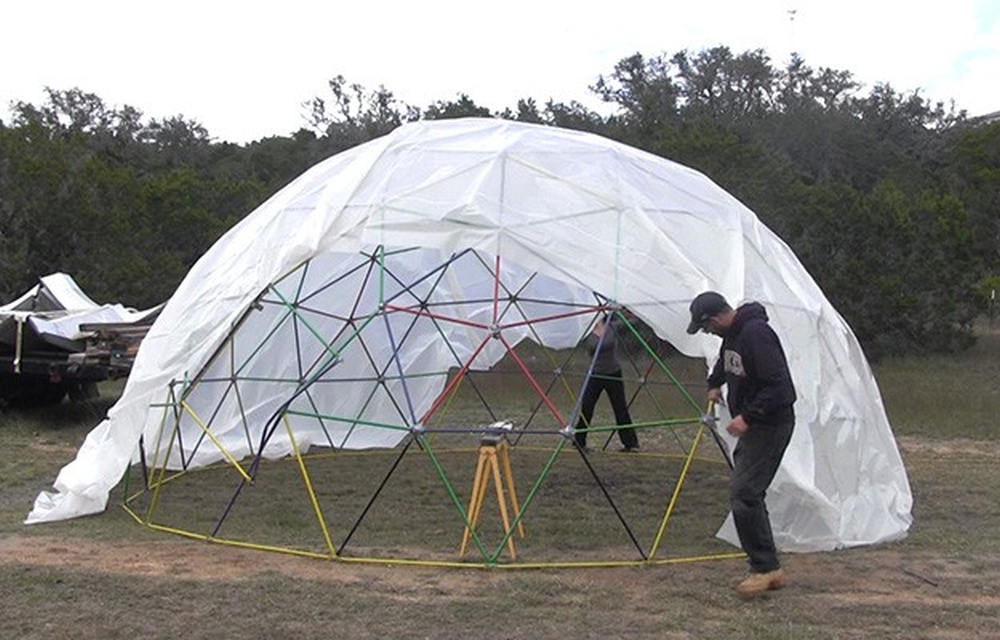
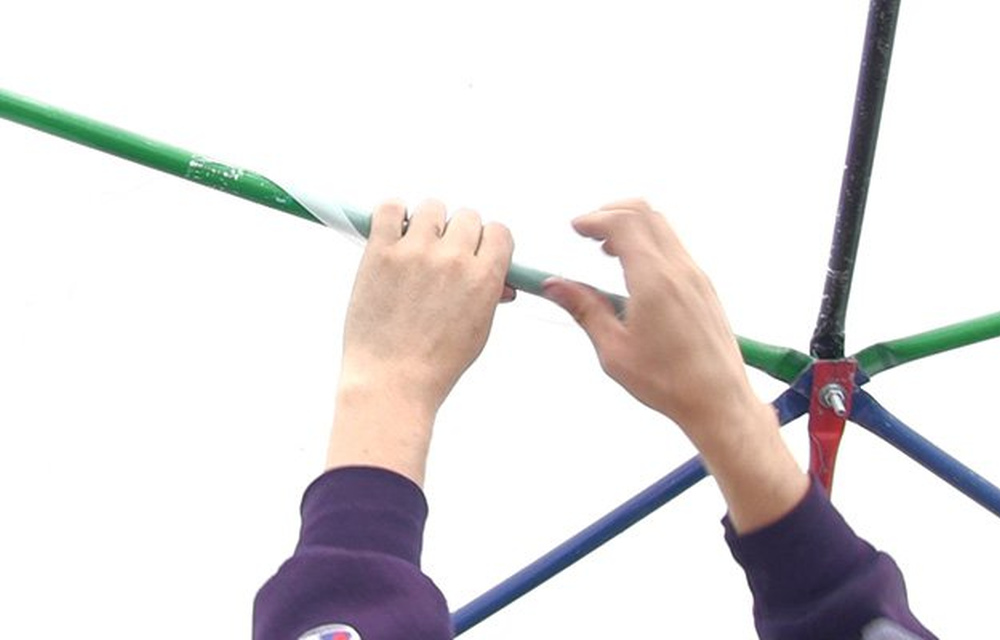
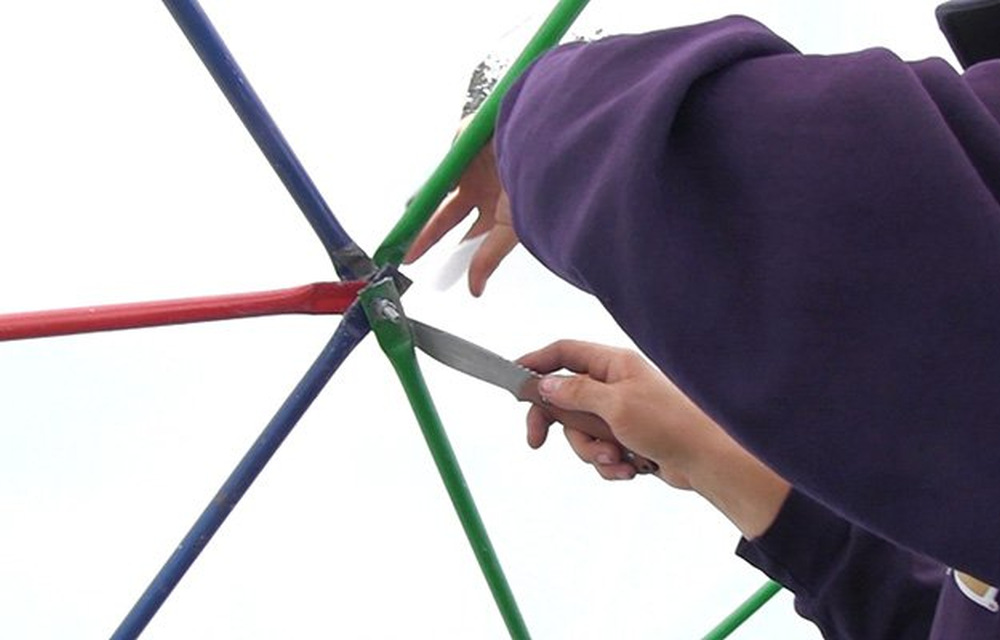
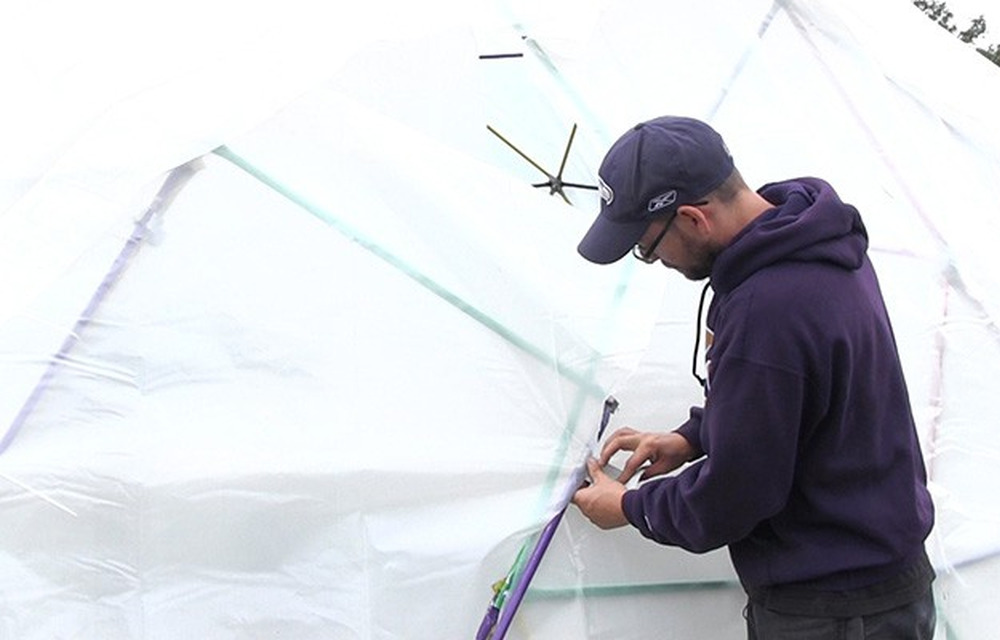
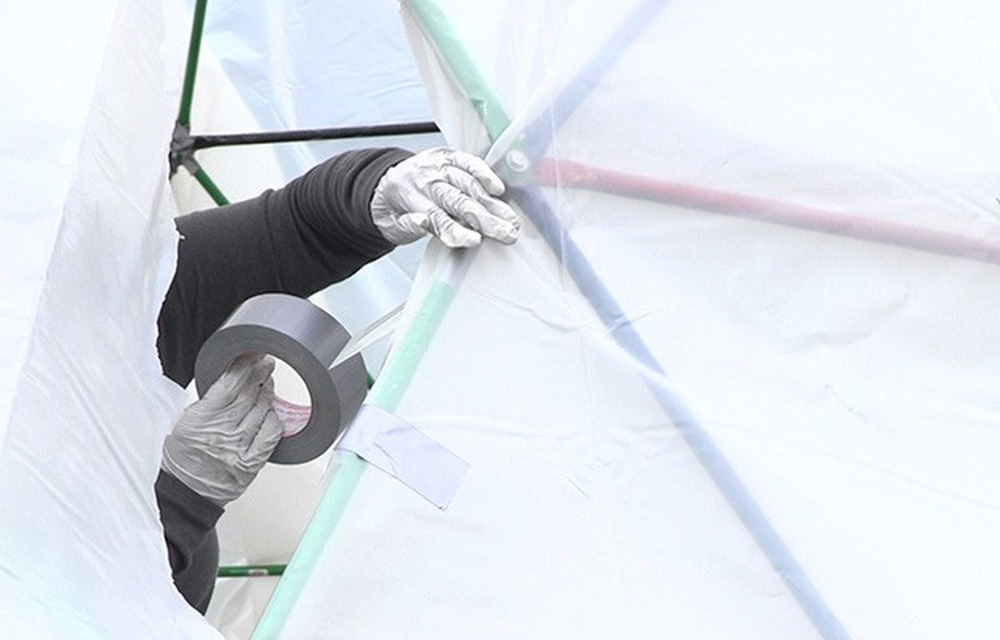
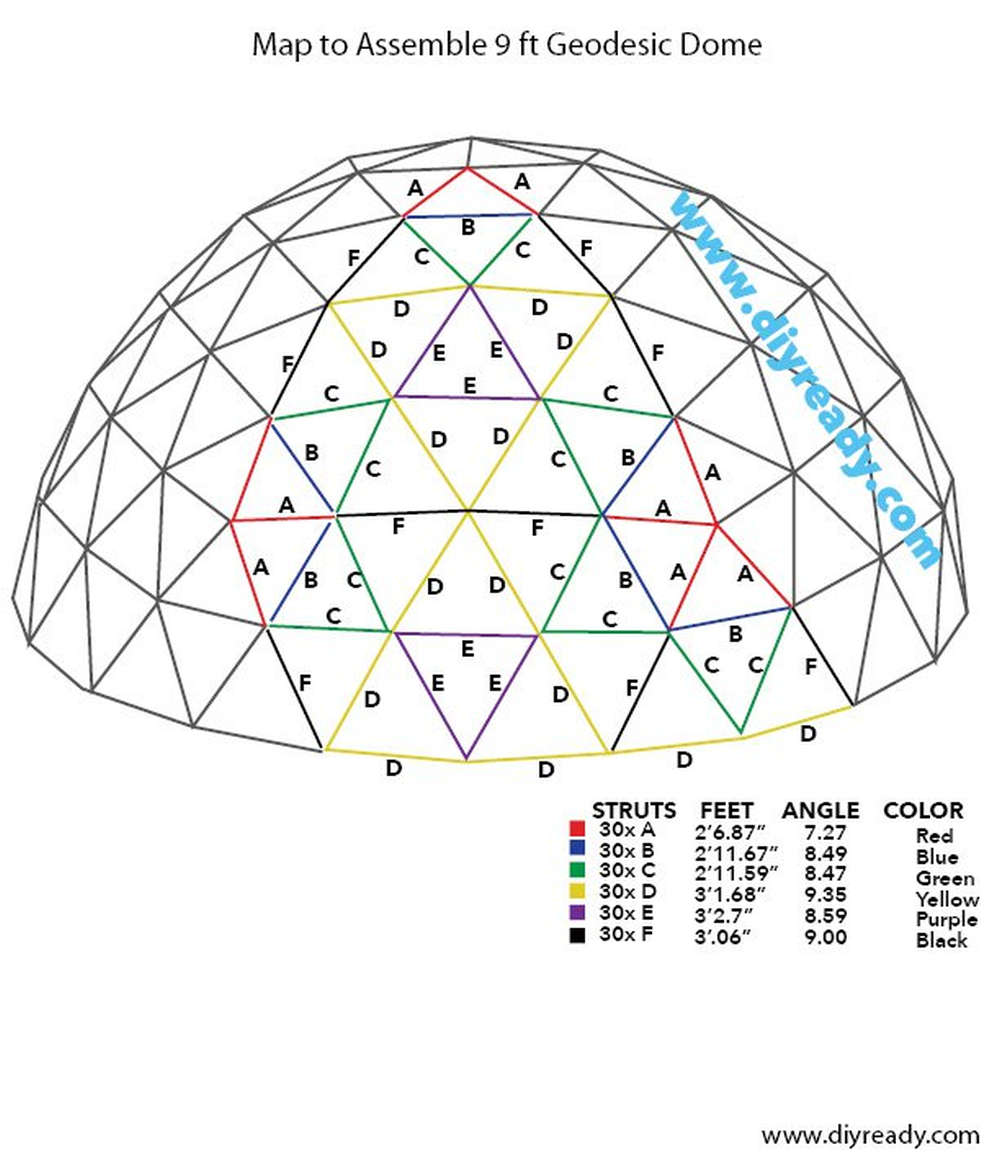

You say there are plans for dome but can’t find any plans for anything on your site.
Pardon me, but where is “the map provided”?
We have a downloadable .pdf available now. Thanks for your patience!
I’m sorry, but I can’t find the pdf to download.
Really sorry, I found it at the bottom.
Stephanie, can plans for a large Geo be purchased?
Alright, I watched the videos and I downloaded the PDF, but the one thing you never addressed is the drilling. On the site you say to bend the ends of the conduit to create the “tabs” and then to drill the holes according to a list of measurements, which I assume is the distance from the end of the conduit. In the videos, this is never mentioned and skipped over. As matter of fact, according the first video, you tell us to drill the ends using the drill press and the wooden jig and then bend the end to the correct angle per the color of the pipe. I understand the pipes/struts are layered, but placing the holes further in would be the same as shortening the struts. So my question is was it later realized that pre-drilling ALL the holes at one inch from the end is acceptable or do we have to bend and then drill for the struts to assemble and fit properly? Seems to me that drilling the struts while flat and then bending them would be easier and possibly more accurate. By the way, I have a book to make a geodesic dome from wood or cardboard, but the conduit is much easier and LESS work. Nice project and good videos.
Very cool piece of technology and excellent video!
I can see all sorts of uses for a structure like this.
Thank you for sharing!
Karl
This will make a great green house.
Thanks. Yes, it would. I was surprised how quickly we could put it together, and we tried it twice. Both times, we made it in under 3 hours, with only two people doing assembly.
3 hours from start to finish or just to assemble? If that’s the whole thing, I’m impressed and hope to make one soon. Ty
Great idea. Thank you for sharing. It’s so obvious, yet I didn’t think of it.
First off iI have to say I watched the video while riding in a truck with the driver listening to heavy metal music. Uff da. I need to watch again to hear it. It looks cool and I will be building one with my son. He is homeschooled and this will make a great lesson for him! My only criticism for you is, I have been a carpenter for over 12 years and I haven’t yet found a tape measure that reads in decimals. If the tolerances are up to 1/4 inch why give measurements of 2′ – 11.664″ etc.? Most of your readers will probably be DIYers that might not be able to figure that equals approximately 2′ – 11 5/8″. My suggestion would be to re-label your measurements in fractions of inches that your “homeowner/DIY-er” would find on a cheater tape measure that labels the fractions for them. If I couldn’t figure your decimals myself I would probably pass your instructions up and continue searching easier ones. Thanks
If you ever decide to sell these as kits let me know. I would be interested.
We definitely will. It was a lot of fun to make the struts, but having them arrive in a box would definitely have its benefits.
Larry – I can put together a kit for you. Email me at ralphedge at yahoo if you are still interested…I do different sizes of domes as well.
How much for a 15ft dome?
Nice job! A little of the directions seem to be left out. When too use certain colors, etc. Maybe those are in the written plans, I haven’t gotten that far yet. All in all, a VERY useful video!
Good untill a strong wind comes along.
Actually, they are surprisingly wind resistant. The dome shape is what makes this possible.
Just a note: I tried to PIN this to my Pintrest board and this is what I got:
Parameter ‘image_url’ (value http:///wp-content/uploads/2013/11/dome2.jpg) is not a valid URL format.
I am not to good with stuff like that, so just wanted to let you know. Great project by the way
Thank you! We really appreciate you letting us know, also for pinning this. We will have more great content coming in over next couple of weeks. Hope you enjoy
In your vidio use said ” the jig for the bending of the angles would follow in the vidio”. Where is it? I like the idea of building it. I pl
an of building one for myself in the near furture.
Thanks for your inquiry, Ken. We had an unforeseen delay on that video clip. We will be posting it to the site tomorrow. Appreciate your patience. Would love to know what you think of it as well. Super to hear you want to build a geo dome. Send us pics, we’d love to post them
Where are the details on the Jig you mentioned for building the struts?
Thanks for asking about that, Dave. We are adding an additional video clip tomorrow with a segment that covers the struts. Would love to hear what you think.
A little more detail on using the saw horses to support the partial dome would help, the time lapse video went too quick to see it. It is unclear what part the vise grips play, or if the framing hammer is needed to be carried around. The jig video may make it clear. Nice explanation on the options for the plastic. I assume that the “steal” conduit is EMT, so paint is for identification mostly since the galvanizing will protect it; if the holes are sprayed where raw steel is exposed by the drilling and forming of the ends. Professional grade video.
Do I have to be galvanized to steal the electrical conduit??? 😉
THANK YOU SO MUCH!! I’ve been so frustrated about the cost of purchasing a greenhouse for 4-Season Gardening; your video came to my rescue! May Great Spirit continue to bless and guide you, gifting you with abundance along your way. Your DIY Educational Seminars are worth ‘suitcasing’ and taking on the road! If you’re ever in the Chicagoland area, please give us a shout-out! I’d pay $300 to take home a DIY Greenhouse Kit!!
they have them in kits but your gonna pay 17,000.00 for this kit cheaper to make it yourself
Thank you for this great info. It seems a little lite in a few areas but useful. I would like to know how to adjust the size,I realize the length of the strut does this but is there a site that explains or give sizes to calculate these? Thank you for your great effort in demonstrating the build.
Awesome!!! Vid showing jig made of two angle iron pieces cut from a bed frame is priceless. I think I will try to round and smooth the flat ends to avoid the taping procedure. I appreciate “Survival Life” for the link to see your handy work. Thank you for your hard work and literally GIVING it away!
Caution regarding the practice of using the heel of your hand to tap down the strut into the angle jig. Repeated sharp blows can give you a numb hand due to nerve damage. I see the condition in older, experienced carpenters. Invest in a cheap dead blow hammer and save yourself some nerve damage.
Hi Jim again,is there any answer to adjusting the size. Where can I get an accurate formula? Thanks for any help.
i like it seems like it would be cool to build, would it be hard to pack and cary if needed .
Hi,
Am I missing something or is there no access point once it’s covered? This would be awesome for my UTV if I could get it in! 🙂
Just an FYI on the PDF. The quantities of struts all show that 30 of each are needed as compared to the list you put on the webpage. Here is the corrected quantities with a conversion from decimals on the lengths.
STRUTS LENGTH ANGLE COLOR
30 X “A” 2′ 6.86″ (30 55/64”) 7.27° RED
30 X “B” 2′ 11.66″ (35 21/32”) 8.49° BLUE
60 X “C” 2′ 11.576″ (35 9/16”) 8.47° GREEN
70 X “D” 3′ 1.664″ (37 21/32”) 9.35° YELLOW
30 X “E” 3′ 3.044″ (39 3/64” 8.59° PURPLE
30 X “F” 3′ .044″ (36 3/64”) 9.00° BLACK
This is a great project and you have done an excellent job in your step-by-step. Please consider changing the measurements from decimal to fractions of inches. I have no idea what 2′ 11.576″ is on a tape measure.
I’m a bit perplexed as to why there are so many different lengths and angles for the struts. I thought the beauty of a geodesic dome was that all struts and angles were the same. What am I missing here?
Regards,
Juan
I am interested in the geodesic dome as a hunting shelter. Could you send the assembly map for the dome showing where the different colored struts attach. Do you have 3-D Cad model? Can this be scaled up to 25 foot diameter? What would the strut lengths be and would the new angles be (would the struts have to be 3/4″ conduit?
It would make a great hunting shelter. We had not thought of that. The map is a .pdf file you can download and print. It has the color code on it. Are you asking for something else? Happy to provide what you need. Please just let us know. Thanks.
No, we do not have a CAD model. If enough people ask for one, it might be possible. Checking on the 25 ft scale as well as your other questions and will let you know. Thanks again.
have been a fan of domes for years. here is a useful site for building various sizes.
http://desertdomes.com/domecalc.html
Need to know how to adjust strut lengths for bigger diameter domes. IE how to scale up dome size.
Hi thanks for a great video – my question is how are the angles changed when the dome size increases? Or are the struts just increased?
Thanks again
What size are you trying to make?
Hi
I’m from South Africa so I only know the metric …sorry. But I would like something with around a 8 to 10 meter floor diameter, I would like to use it for a classroom for our Montessori school. Also to cover it with something more peramant than plastic, I have seen glass and plywood – how is that attached and sealed? Thanks again
Sorry around double that size in your video …I was trying to be clever and convert the size and got it wrong
Thanks so much for all the info on this structure, I plan to use larger diameter pipe and have it setting on 3ft high walls as a cabin!
well done best i have seen How to make a dome. For my project i will convert all measurements to metric. I would like to make a dome with a diameter of 22 feet so i need different lengths and angles. anyway thanks for this awesome effort you made
I like your dome plan and want to build one myself.
The only question I have is about the placing of the colors of the struts. If they just go on at random then what’s the reason in painting them different colors? Also why the different strut sizes if they just go anywhere?
I need a chart showing where the colors go.
Other wise I like the plan.
Thanks Jerry
If I build one, I’m not painting the conduit, it is already galvanized. I’m also considering building one with pvc, or conduit, using hubs from zip tie domes. I have used pvc that has sit outside for years, without any visible degradation.
Is this dome safe for climbing?
Hi Stephanie,
Very much impressed and thankful for the dome building video you made and so graciously shared for free. Praying that you have that health,strength and time to come up with more projects that is so beneficial to so many.
Can I seek your help for complete guide or detailed instruction how to go about assembling struts into a complete dome, that I bought from Ebay a couple of years ago but which did not include any assembly manual and Seller not responding to my request for help.
If I need to pay a reasonable fee, will be very willing, in exchange for your invaluable help and time. Kindly, send your reply to my email.
Thanks so much,
Roger
Is there some sort of quick way to find out how much piping and in what parts I have to cut it for a decided dome height ? we ca work out the junction amount after that
Notes:
1. When drilling the second hole, the drill jig should reference off the existing first drill hole, for accuracy. (The jig for the first drill hole could reference from the end of the flattened end, as you have done.)
2. Deburring the drill hole would help at the construction step.
3. When bending the flattened end, the jig need only consist of two pins separated by about a half inch, making a jig that is easier to load and unload. The jig could have a third pin that shows how far to bend the part, making for high reproducibility.
4. It is probably not critical to try to compensate for the effective shortening of the frame member as the flattened ends are bent. The amount of shortening is a minor effect.
5. The joint created with the 1/4-inch bolt allows a bit of creep when the structure is stressed. You can reduce this effect by “potting” that joint using epoxy. The finished structure will ring like a bell. You may decide to forego the work involved, though.
6. The door itself could be improved by incorporating triangles in its structure. Why not give it a trapezoidal shape with a diagonal member for rigidity?
7. Anticipate that, in a blow, the cover may separate from the frame, or the entire structure may rise. Wind pressure may be substantial in your location.
8. For your covering, a 12.5-oz Polymax fabric (available in a 12-foot width from Farmtek.com) may prove to last a lot longer than greenhouse plastic. In some areas of the country, UV light, heat (>100F), and ozone in combination, form a harsh environment. This material is now my preferred one for exterior fabric coverings.
9. If people or animals will spend time inside the structure, the “black sun effect” along with solar heat gain will be a concern. Consider a radian barrier as an interior covering, along with proper venting of the space between outer and inner cover. Super R Plus radiant barrier (with permeability, radiantbarrier.com) is one material I have used.
related website This is great. I love getting superior facts, so i were required to learn significantly more. Thank you for getting these kinds of great pertient facts.
We have wanted to build a dome over our pool for years, but could not come up with the angles! We have trees around us that like to dump their leaves in water! I want to sew screening to fit so we get the sun and air but not the leaves!
Your site is the very first that did not ask for money before giving up info! Thank you so very much for helping us compleat our dream! Now to do it!
That’s great to hear Rose! Let us know how it goes! 🙂
I need to build a greenhouse that is 24′ diameter. Can you provide the length and angles for that size?
Is this strong enough to double as a jungle gym for the kids in the summer with the sheeting off?
I would like to do a 40′ dome do you have any plans for that or can I purchase plans to do this from you all. It is for my motorhome.
I have the same question.. Is this strong enough for kids to climb?
Yes, Amber! It sure is.
Thanks for the question.
Renee
Where is the PDF file to print out color lay out????
Where is the pdf ?
Hi Neil, it’s on step 10 or you can use this link too: http://www.diyprojects.com/wp-content/uploads/2013/11/dome_drawing.pdf Hope it helps!
Hi Rynna,
Thanks for posting the link. However, the link is for a 9 foot dome when the one in this website is for a 19 foot dome, or are they the same? The number of struts also does not correspond.
I have bought and got all the materials I need. Now, all I need is to be clear about the actual map for the 19 foot dome.
I have tried writing to this website twice and have not received any response.
Please help.
Peter
One of the big draws of a geodesic dome to me is its tremendous structural strength. However, usually I see them constructed from much stronger pipes. Do you have any idea how much your conduit dome can support either on top of it or hanging on it from the inside?
Concerning my earlier post asking about the correct number of pieces of conduit. I re-read all the previous posts and saw the posting of Anthony G. last November 20th. I assume his information is correct. However, I have another question. Has anyone figured out a way to install vents so that the interior of the dome doesn’t get too hot during summer months? Also, FYI I’ve found that you can order a 6 ton press from Harbor Freight for about $75. FarmTek has great prices for nuts, bolts and washers and they have a wide number of choices on greenhouse film. I’m ordering a roll that is 32′ wide and 100′ long that has a four year guarantee so I should be able to replace the original covering two more times.
does this need extra heating in a Wisconsin weather setting? i would assume so but i’ve read that the sun is enough is this true? How easily does the plastic tear?
This is so exciting, we’ve been looking for something to better cover the koi pond in the winter. This looks perfect. We can use it for veggies in the summer and move it to the pond in winter. Thanks much for posting this.
Doing the math i assume you are cutting three of each piece of struts from one 10′ piece of conduit.I am going to build this in the spring.Thanks for the ideas the pdf and the plan will be very handy.
This could be used to keep the pool warmer and add some privacy.Of course it will have to be vented.
Well, I have to hand it to you guy’s at DIYReady.com, this is by far the best geodesic dome greenhouse construction guide that I have ever come across, and I have been a full-time greenhouse professional for over 6 years, particularly within the educational sector of greenhouse gardening for many online websites and media organizations. I was impressed with the amount & quality of photos, in addition to the simplicity of design, of the entire guide.
Keep up the good work guys, and I will keep following & sharing these pages with my loyal networks.
– Whitney
Thank you for that Whitney. We really appreciate it!
Hi
Great ideas and cannot wait to put the fantastic ideas you have shared into action.
I am writing from UK.
There are only 20mm galvanised steel conduits here, more than the half inch you have suggested. Can we still continue with these different measurements?
What you say is the frequency of this dome? 4v or 5v?
You mentioned clips instead of tape to hold the plastic on the dome.
What kind of clips would u use?
Hi,
THANKS FOR THE GREAT IDEAS, VERY PRACTICAL. I HAVE BOUGHT THE NECESSARY ITEMS AND READY TO COMMENCE. HOWEVER, THE PDF FILE YOU HAVE IS ONLY FOR A 9 FOOT WHEN THE DOME YOU PROPOSED IS 19 FOOT? The struts are also different for a 9 foot dome when you compare with a 19 foot dome as illustrated in your website. Thanks for your help, need advice asap, urgent!!
https://youtu.be/XRhFdTYG-E0
Original video
This is a great tutorial! I’m going to try this out!